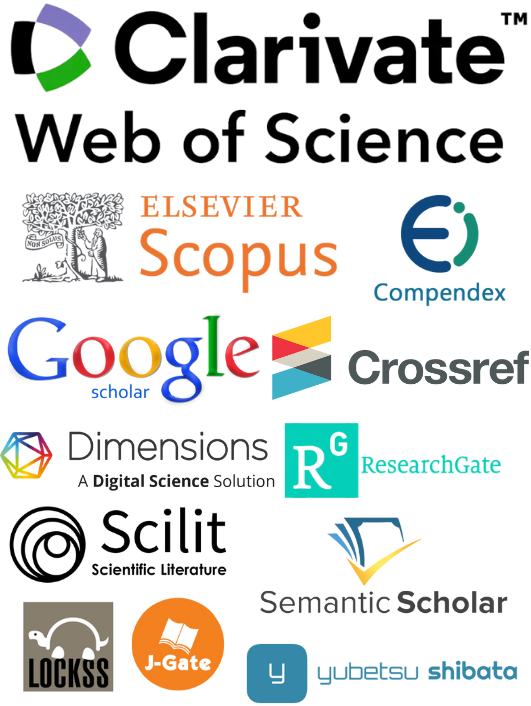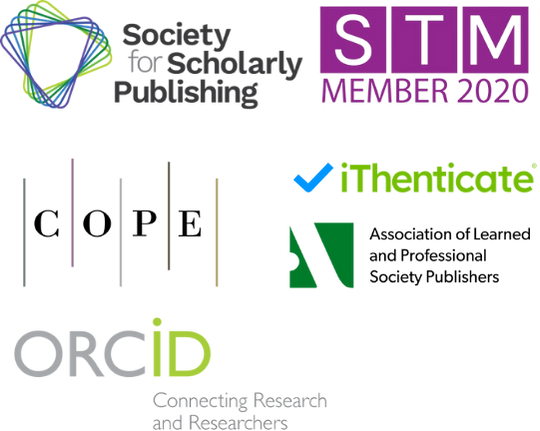Research on the Influence Mechanism of Air Transport on Industrial Upgrading in Beijing-Tianjin-Hebei Region
DOI:
https://doi.org/10.71222/hf2ccn80Keywords:
air transport, industrial upgrading, the mediating effect model, capital flows, technological innovation, population flowAbstract
In order to explore the influence mechanism of air transport on industrial upgrading in Beijing-Tianjin-Hebei region, this study combines existing literature and takes capital flow, technological innovation, and population flow as intermediary variables. Based on data from 2010 to 2023, an intermediary benefit model is constructed for empirical analysis. The study found that air transport has a significant positive effect on the industrial upgrading of Beijing-Tianjin-Hebei, and among the mediating variables, capital flow did not play a mediating role, while technological innovation and population flow played a mediating role, accounting for 12.317% and 61.098% of the total effect respectively. The research conclusions provide an empirical basis for optimizing the air transport network and strengthening the policy of technological synergy and talent flow under the Beijing-Tianjin-Hebei collaborative development strategy.
References
1. Z. Yan, X. Zhang, J. Zhang, and Z. Liang, "The impact of air capacity on industrial technology upgrading in the context of global value chain restructuring," J. Syst. Sci. Complex., vol. 1, pp. 1–27, 2025, doi: 10.1007/s11424-025-4200-x.
2. S. Zhao, D. Peng, H. Wen, and H. Song, "Does the digital economy promote upgrading the industrial structure of Chinese cities?," Sustainability, vol. 14, no. 16, p. 10235, 2022, doi: 10.3390/su141610235.
3. G. Qi, Z. Wang, Z. Wang, and L. Wei, "Has industrial upgrading improved air pollution?—Evidence from China’s digital economy," Sustainability, vol. 14, no. 14, p. 8967, 2022, doi: 10.3390/su14148967.
4. Y. Wang, "The impacts of improvements in the unified economic and environmental efficiency of transportation infra-structure on industrial structure transformation and upgrade from the perspective of resource factors," PLoS One, vol. 17, no. 12, p. e0278722, 2022, doi: 10.1371/journal.pone.0278722.
5. S. Wang, H. Zhou, and K. Tian, "Impact of FDI on industrial structure upgrading under green technology innovation in Jiangsu, China," J. Environ. Eng. Landsc. Manag., vol. 31, no. 3, pp. 206–218, 2023, doi: 10.3846/jeelm.2023.18486.
6. Z. Zhao, S. Zhou, S. Wang, C. Ye, and T. Wu, "The impact of carbon emissions trading pilot policy on industrial structure upgrading," Sustainability, vol. 14, no. 17, p. 10818, 2022, doi: 10.3390/su141710818.
7. T. Zou, "Technological innovation promotes industrial upgrading: An analytical framework," Struct. Change Econ. Dyn., vol. 70, pp. 150–167, 2024, doi: 10.1016/j.strueco.2024.01.012.
8. G. Yan and Y. Chen, "The impact of financial development on industrial upgrading based on the analysis of intermediation effect and threshold effect," Sustainability, vol. 15, no. 10, p. 8364, 2023, doi: 10.3390/su15108364.
9. B. Xi and P. Zhai, "Economic growth, industrial structure upgrading and environmental pollution: Evidence from China," Kybernetes, vol. 52, no. 2, pp. 518–553, 2023, doi: 10.1108/K-02-2022-0279.
10. K. Shi and J. Wang, "The influence and spatial effects of high-speed railway construction on urban industrial upgrading: Based on an industrial transfer perspective," Socio-Econ. Plann. Sci., vol. 93, p. 101886, 2024, doi: 10.1016/j.seps.2024.101886.
11. F. Wang, M. Wu, and X. Du, "Does industrial upgrading improve eco-efficiency? Evidence from China's industrial sector," Energy Econ., vol. 124, p. 106774, 2023, doi: 10.1016/j.eneco.2023.106774.
12. S. Chen, G. Ren, and M. He, "A quantitative approach to determine a corporate's optimal seat upgrading policy of air travels," in Proc. 6th Int. Conf. Ind. Technol. Manag. (ICITM), 2017, pp. 108–113, doi: 10.1109/ICITM.2017.7917905.
13. S. Xu and Y. Zhou, "OFDI, industrial structure upgrading and green development—spatial effect based on China’s evidence," Sustainability, vol. 15, no. 3, p. 2810, 2023, doi: 10.3390/su15032810.
14. D. McCallie, J. Butts, and R. Mills, "Security analysis of the ADS-B implementation in the next generation air transportation system," Int. J. Crit. Infrastruct. Prot., vol. 4, no. 2, pp. 78–87, 2011, doi: 10.1016/j.ijcip.2011.06.001.
15. N. Adler, E. Pels, and C. Nash, "High-speed rail and air transport competition: Game engineering as tool for cost-benefit analysis," Transp. Res. B Methodol., vol. 44, no. 7, pp. 812–833, 2010, doi: 10.1016/j.trb.2010.01.001.
Downloads
Published
Issue
Section
License
Copyright (c) 2025 Yanwei Li, Quan Zhou (Author)

This work is licensed under a Creative Commons Attribution 4.0 International License.


